Looking right then left... then right again
Read the text | Diaporama | Back to gallery
This series has been shot during my residency at Espace 36 (Saint-Omer - F) and DAD (Dover Arts Development, GB)
Size 100 x 123 cm
- The narrow strip of sea which forms the Channel captures the imagination ... invoking a feeling that is somewhere between dreaming, hope and anxiety.
- Walkers out for the day, tourists, inhabitants, migrants, sports fans or commuters, each with their aspirations and desires when looking across from the French or English coast: making out the other side, going there, settling there, reconstructing oneself there ... residing there
- The title of the series alludes to the instructions at pedestrian crossings and invokes at the same time the act of crossing, its risks, its dangers, but also its pleasures.
- The photographs show men and women of different ages and origins, from both sides of the Channel, indoors, next to a window, facing a net curtain, a marine horizon...
- The photographs are not portraits but anonymous figures placed according to a protocol for the shoot: a set distance from the subject placed with his or her back to the photographer or in profile, facing an opening which lets in the light, slow shutter speed, low, frontal viewpoint ...
- Each image is both autonomous and part of a series. The whole series itself forms a single image, all-encompasing, multiple, monumental and more complex. It reveals a diverse, silent human community brought together for an instant in front of a large imaginary window: an artificial panorama opening out beyond the cliffs of Kent and the Pas-de-Calais.
- The anonymous figures are observed observers of invisible events located out-of-field, beyond the window and outside the frame. They invite us to enter into and become part of the group, to discover that which the photograph refuses to deliver ... and puts us in turn into the position of witness or dreamer.
- The silence of the images disturbs our own silence. The whole series contains a hint of suspicion.
- Certain elements and details keep catching the gaze: the incisive cut of a T-shirt sleeve, a lamp turned on in full daylight, a Palestinian Kaffiyeh used as a belt, a western scarf sketching out the rolling of a turban, an artificial landscape on a computer screen, the crossing of feet, a ring ... a big net curtain hung outdoors.
- Real and imaginary, closeness and remoteness, colour and monochrome, permanently cohabit in the individual photographic images and in the series.
- The net curtain present in many of the photographs can be perceived as a setting, a filter, an artifice of the photographer ... or all three at the same time. It can be seen as making up the fittings inside a home, a museum ... or it could have been taken along by the photographer himself, discreetly, illusively, visibly or whimsically.
- The rare visual escape routes beyond the sphere of the interior are reserved for subjects who are disenfranchised, namely migrants destined to the roving and violence of exile.
- The images allow us to guess at intimate lives sometimes chosen and achieved, sometimes endured; ranging from western comfort to the experience of alternative lifestyles and states of wandering. They bring into appearance the dissonant hues of outdated and enveloping harmonies. Everything nonetheless works together and forms only a single image.
- “Looking right then left, then right again” suggests a world of the present; a society which is transient, suspicious and anxious about itself, but also a community that is silent, alert, knowing, ready to react and reconsider its manner of belonging to the world.
Pierre-Yves Brest, October 2009
Looking right then left... then right again
Read the text | Back to gallery
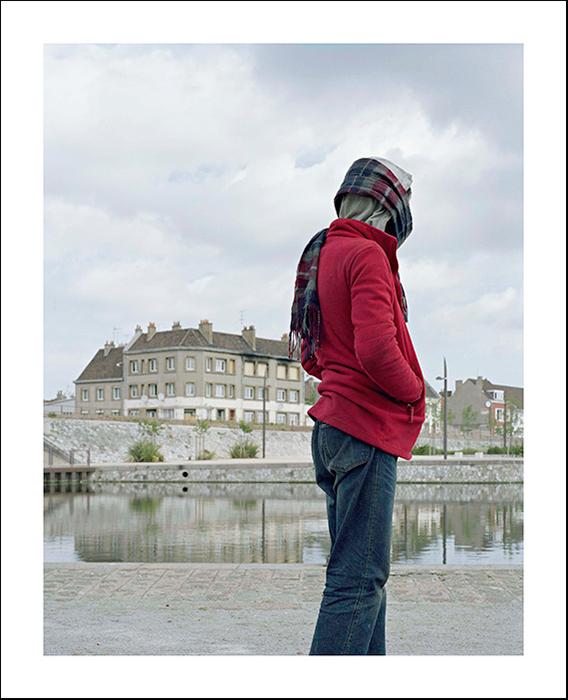
Regarder à gauche à droite puis de nouveau à gauche #1
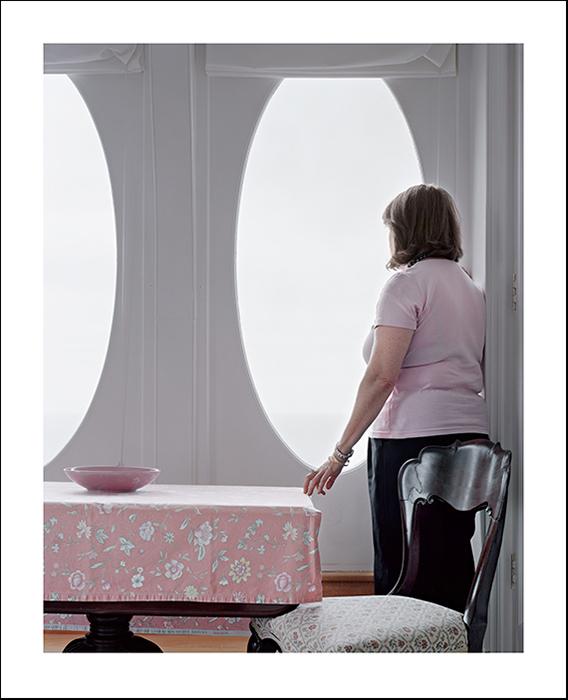
Regarder à gauche à droite puis de nouveau à gauche #2
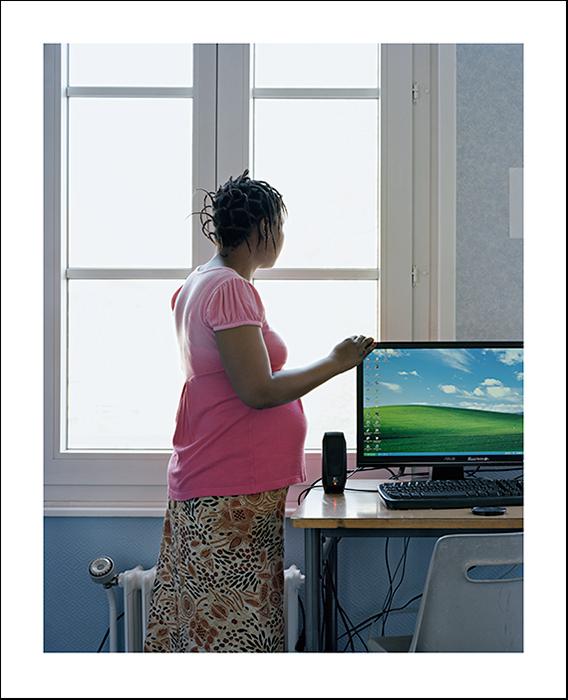
Regarder à gauche à droite puis de nouveau à gauche #3
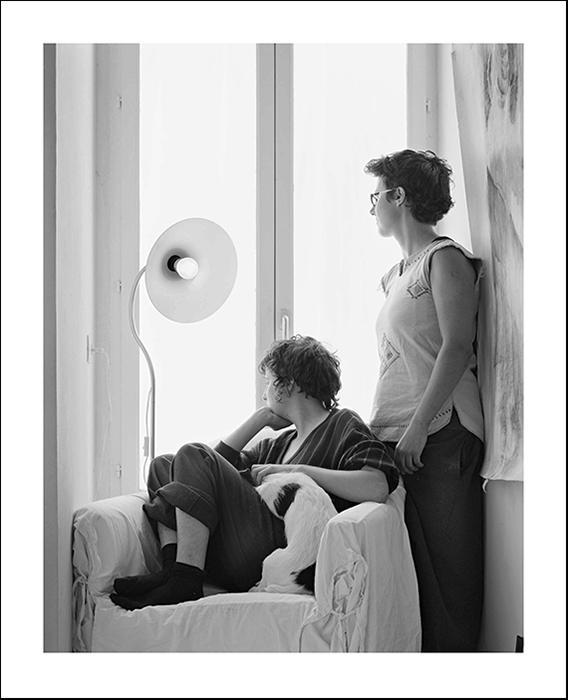
Regarder à gauche à droite puis de nouveau à gauche #4

Regarder à gauche à droite puis de nouveau à gauche #5
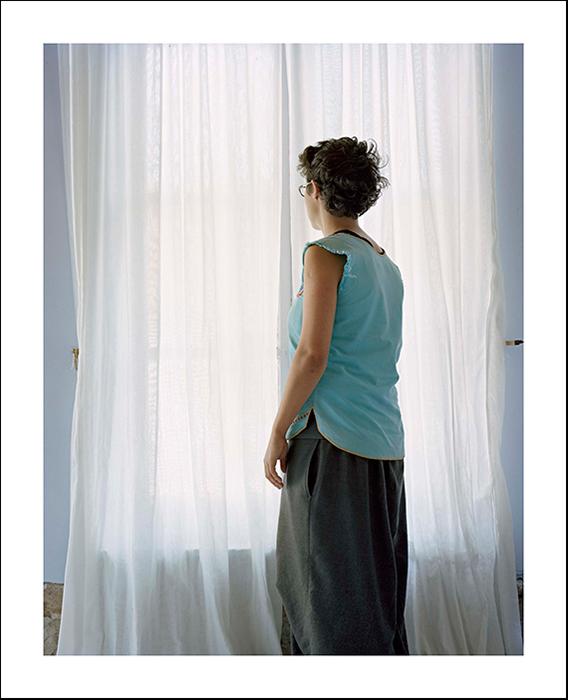
Regarder à gauche à droite puis de nouveau à gauche #6
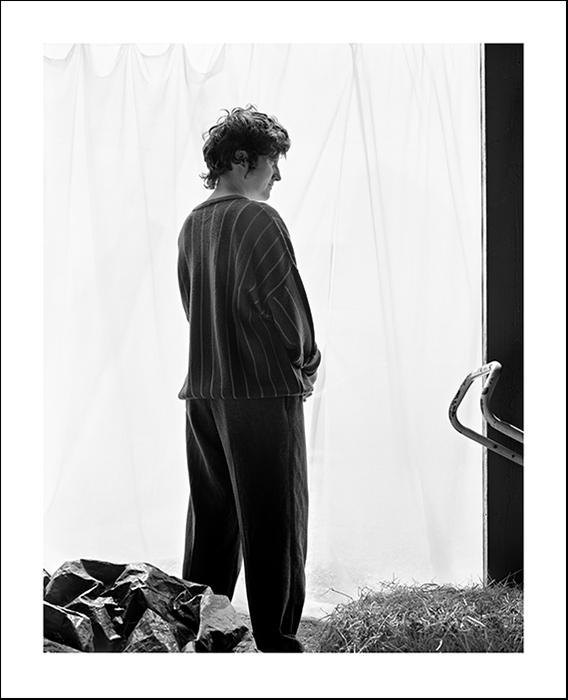
Regarder à gauche à droite puis de nouveau à gauche #7
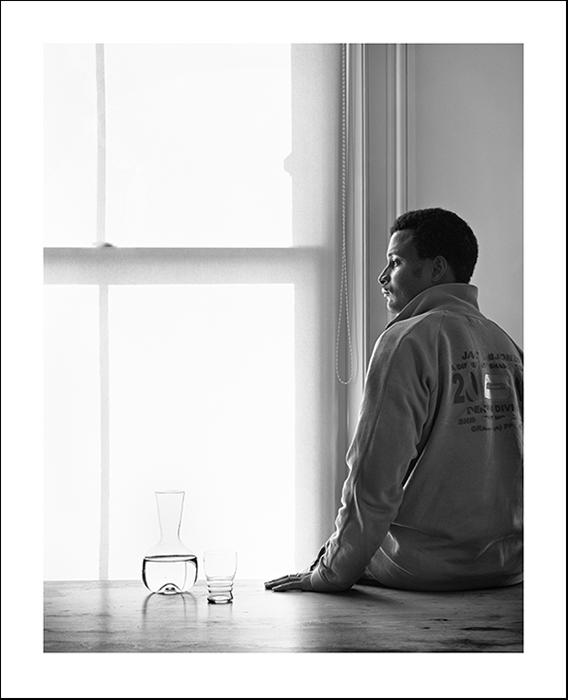
Regarder à gauche à droite puis de nouveau à gauche #8
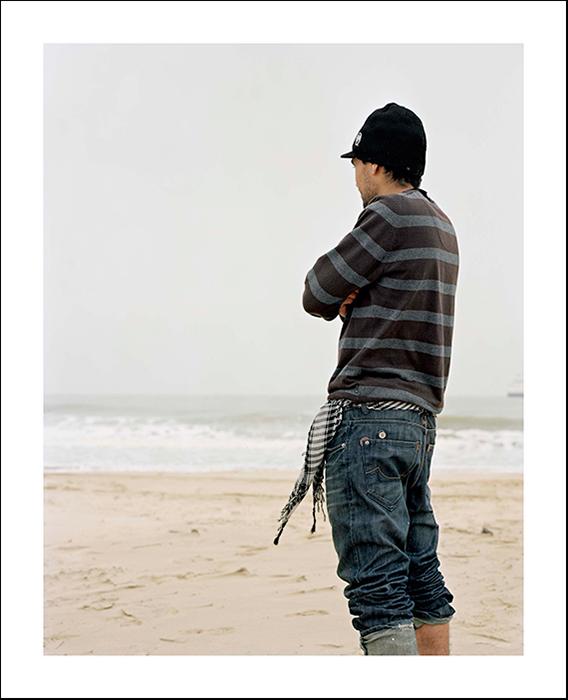
Regarder à gauche à droite puis de nouveau à gauche #9
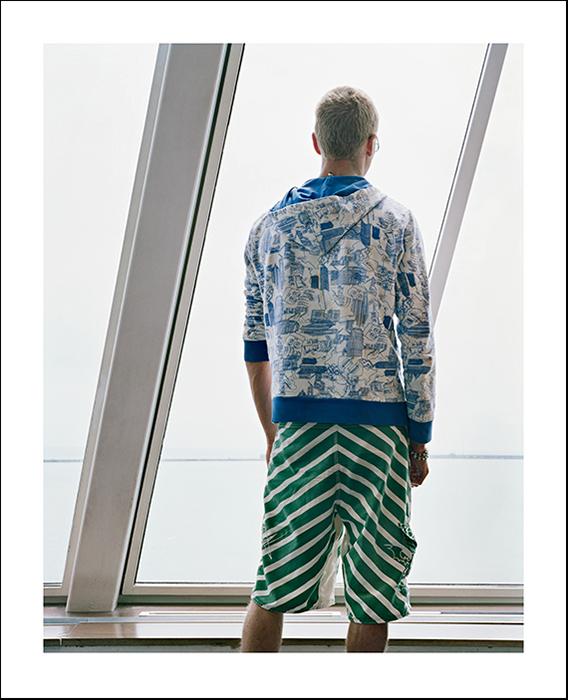
Regarder à gauche à droite puis de nouveau à gauche #10
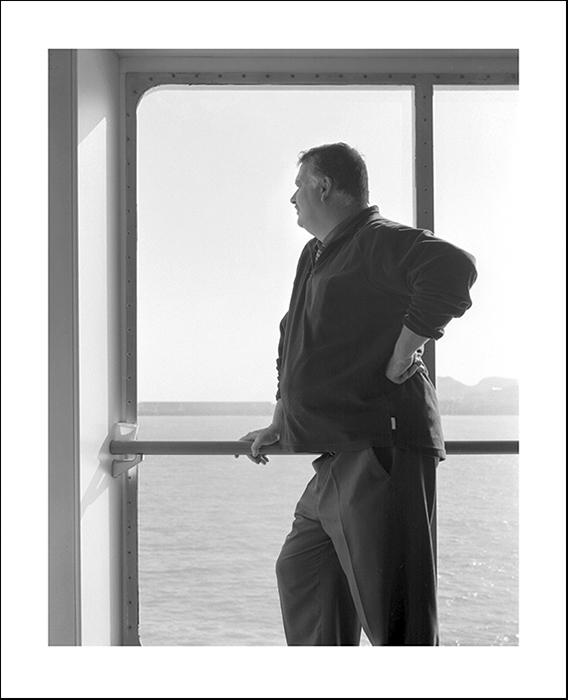
Regarder à gauche à droite puis de nouveau à gauche #12
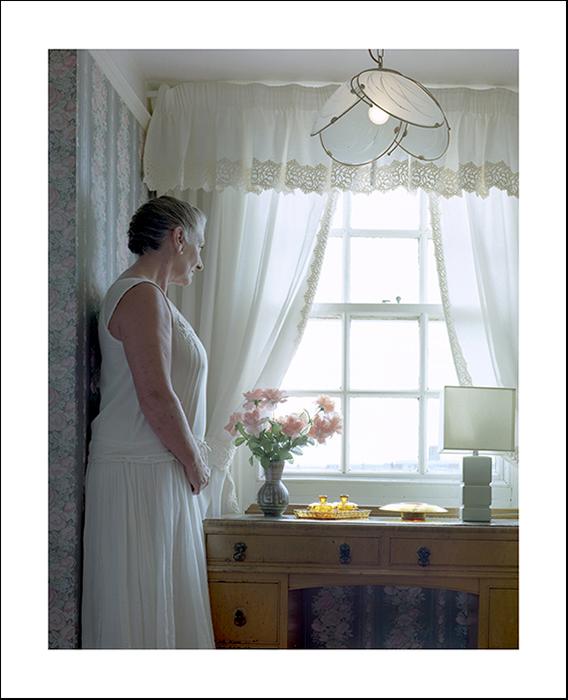
Regarder à gauche à droite puis de nouveau à gauche #13
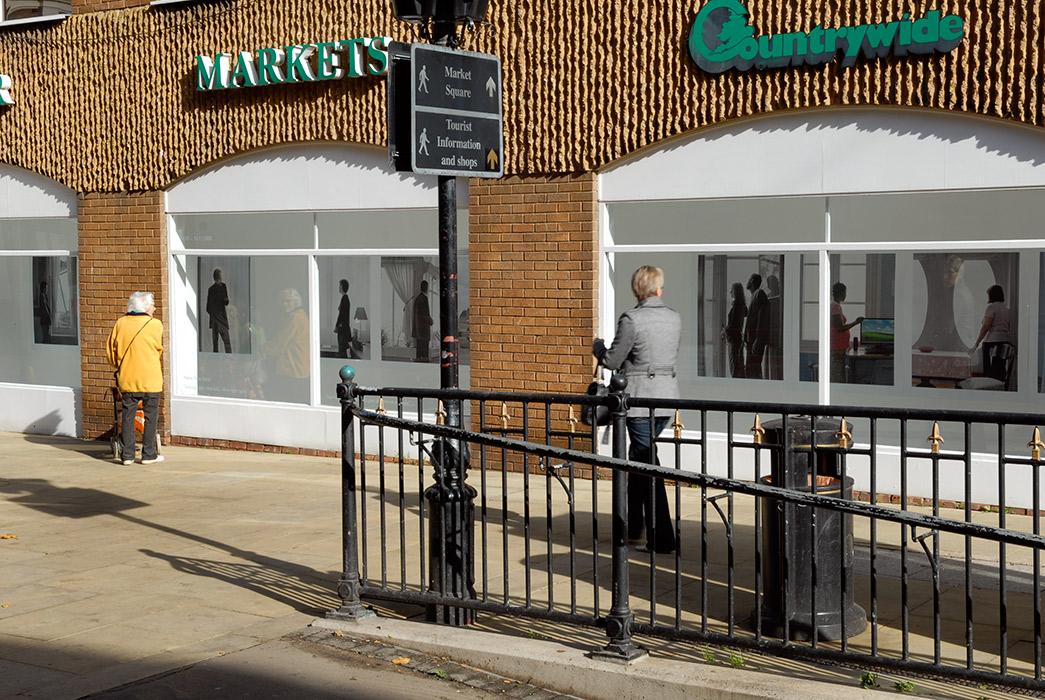
Exposition Résider Reside
# 2
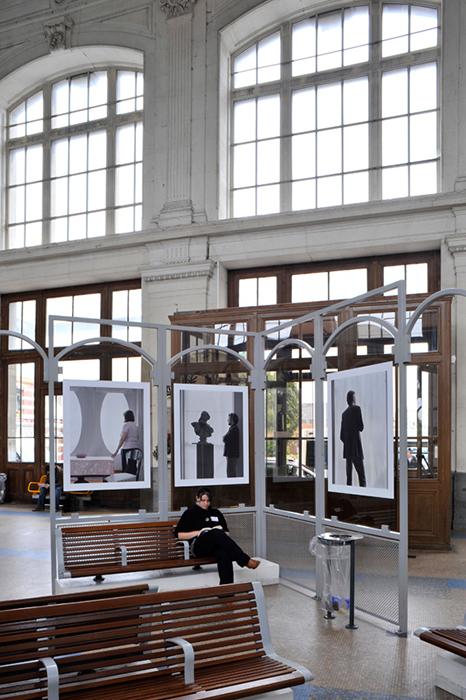
Exposition Résider Reside
#1
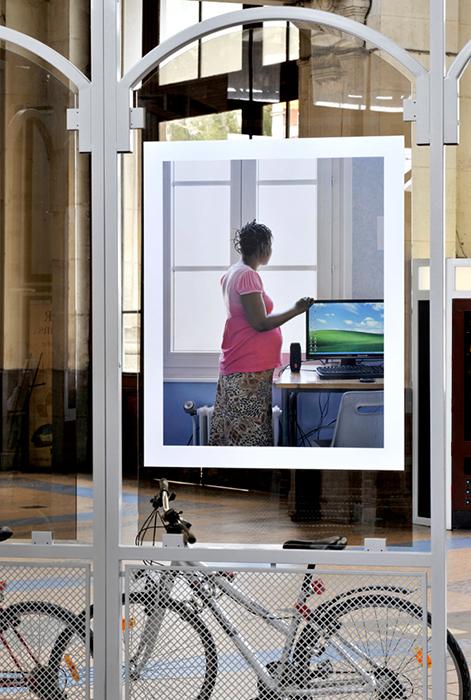
Exposition Résider Reside
#1
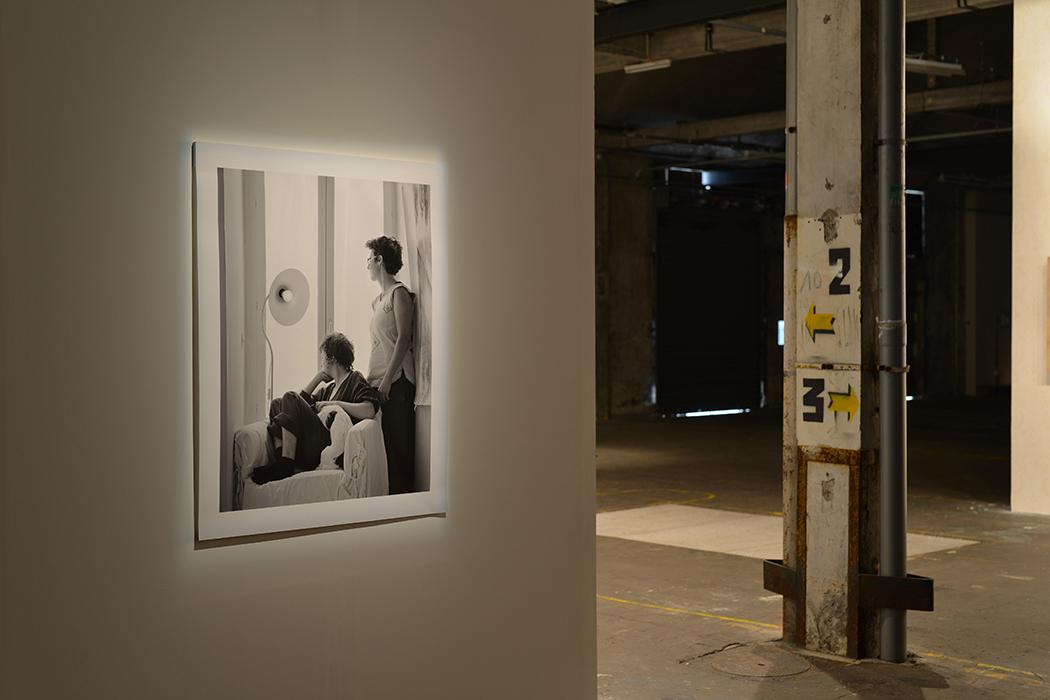
This series has been shot during my residency at Espace 36 (Saint-Omer - F) and DAD (Dover Arts Development, GB)
Size 100 x 123 cm
- The narrow strip of sea which forms the Channel captures the imagination ... invoking a feeling that is somewhere between dreaming, hope and anxiety.
- Walkers out for the day, tourists, inhabitants, migrants, sports fans or commuters, each with their aspirations and desires when looking across from the French or English coast: making out the other side, going there, settling there, reconstructing oneself there ... residing there
- The title of the series alludes to the instructions at pedestrian crossings and invokes at the same time the act of crossing, its risks, its dangers, but also its pleasures.
- The photographs show men and women of different ages and origins, from both sides of the Channel, indoors, next to a window, facing a net curtain, a marine horizon...
- The photographs are not portraits but anonymous figures placed according to a protocol for the shoot: a set distance from the subject placed with his or her back to the photographer or in profile, facing an opening which lets in the light, slow shutter speed, low, frontal viewpoint ...
- Each image is both autonomous and part of a series. The whole series itself forms a single image, all-encompasing, multiple, monumental and more complex. It reveals a diverse, silent human community brought together for an instant in front of a large imaginary window: an artificial panorama opening out beyond the cliffs of Kent and the Pas-de-Calais.
- The anonymous figures are observed observers of invisible events located out-of-field, beyond the window and outside the frame. They invite us to enter into and become part of the group, to discover that which the photograph refuses to deliver ... and puts us in turn into the position of witness or dreamer.
- The silence of the images disturbs our own silence. The whole series contains a hint of suspicion.
- Certain elements and details keep catching the gaze: the incisive cut of a T-shirt sleeve, a lamp turned on in full daylight, a Palestinian Kaffiyeh used as a belt, a western scarf sketching out the rolling of a turban, an artificial landscape on a computer screen, the crossing of feet, a ring ... a big net curtain hung outdoors.
- Real and imaginary, closeness and remoteness, colour and monochrome, permanently cohabit in the individual photographic images and in the series.
- The net curtain present in many of the photographs can be perceived as a setting, a filter, an artifice of the photographer ... or all three at the same time. It can be seen as making up the fittings inside a home, a museum ... or it could have been taken along by the photographer himself, discreetly, illusively, visibly or whimsically.
- The rare visual escape routes beyond the sphere of the interior are reserved for subjects who are disenfranchised, namely migrants destined to the roving and violence of exile.
- The images allow us to guess at intimate lives sometimes chosen and achieved, sometimes endured; ranging from western comfort to the experience of alternative lifestyles and states of wandering. They bring into appearance the dissonant hues of outdated and enveloping harmonies. Everything nonetheless works together and forms only a single image.
- “Looking right then left, then right again” suggests a world of the present; a society which is transient, suspicious and anxious about itself, but also a community that is silent, alert, knowing, ready to react and reconsider its manner of belonging to the world.
Pierre-Yves Brest, October 2009
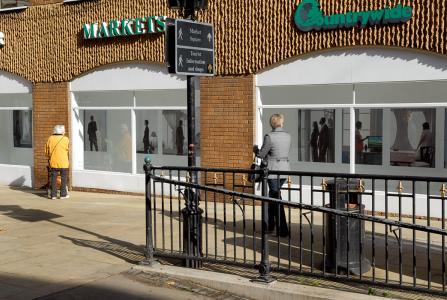
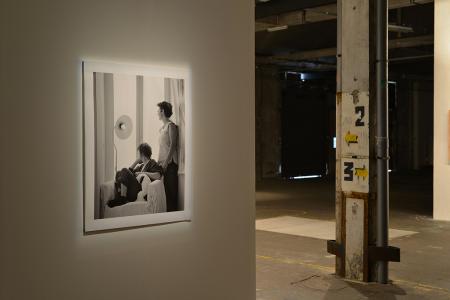
Regarder à gauche à droite puis de nouveau à gauche #1